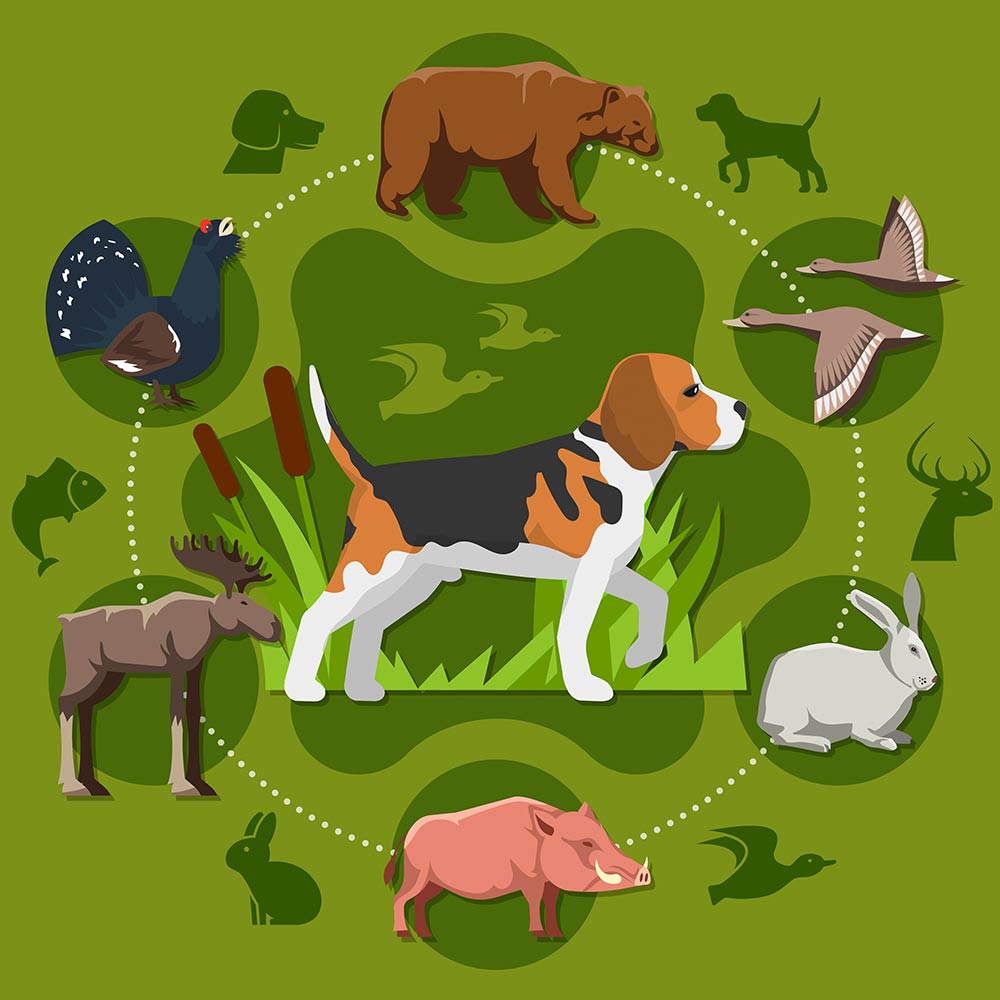The generation of a photorealistic video with a simple command is a striking example of AI applications. However, there are less obvious areas, such as its use in data analysis in construction or predicting wear and tear on machine parts, that demonstrate AI’s deeper impact on various human activities. Science is no exception. MIT recently announced a significant breakthrough in understanding the animal kingdom through AI. Their study, which applied artificial intelligence to sperm whales, suggests that these creatures’ language is much closer to human communication than previously believed.
What will I read in this article?
The mysterious alphabet of sperm whales
Sperm whales are surprising in many ways. They boast the largest teeth of any animal, but their most remarkable feature is their brain, which is six times larger than a human’s. Additionally, they maintain complex social relationships within families and groups. These factors led MIT scientists to study their language using artificial intelligence, in collaboration with the Cetacean Translation Initiative (CETI).

The roots of this work trace back to 1971, when CETI published an article in Science magazine revealing that sperm whales could sing songs. Now, with the aid of AI, they have progressed further. By employing machine learning techniques and D-tags attached to each whale, researchers discovered that these cetaceans use a phonetic alphabet with complex and combinatorial structures.
The researchers analyzed nine thousand “codas,” the bursts of sound emitted by sperm whales. Algorithms identified four basic elements: rhythm, tempo, rubato, and ornamentation. The whales use these techniques to create diverse vocalizations that vary by context, allowing other whales to recognize and engage in dialogue.
Artificial intelligence to decode animal language
Daniela Rus, director of MIT’s CSAIL lab behind the project, suggests that the findings could challenge the idea that humans are the only species capable of processing complex language. This research is also a crucial step toward decoding the languages of other species and, eventually, achieving human-animal communication.
“The data collected may come to question whether humans are the only species capable of processing complex language.”
Moreover, Rus highlights a surprising application of AI: understanding beings from other planets. The science fiction film Arrival posed a great challenge of contacting an alien civilization: language. It’s conceivable that algorithms could help us communicate with extraterrestrial civilizations if such contact ever occurs.
An ambitious AI project to understand the animal kingdom
Back on Earth, one of the most fascinating AI projects in animal communication is the Earth Species Project. This initiative has been working for several years to unravel the mysteries of language in various species. Collaborating with biologists and neural network experts, they are developing standards for data collection, AI models, pattern detection systems, and ultimately, a platform to interpret and communicate with animal language. Their work so far includes studies on crows and beluga whales, among others.
For more insights into the potential of AI applied to animals, check out our previous article on using AI to interpret the sounds of monkeys like marmosets and other mammals such as prairie dogs.
Sources:



